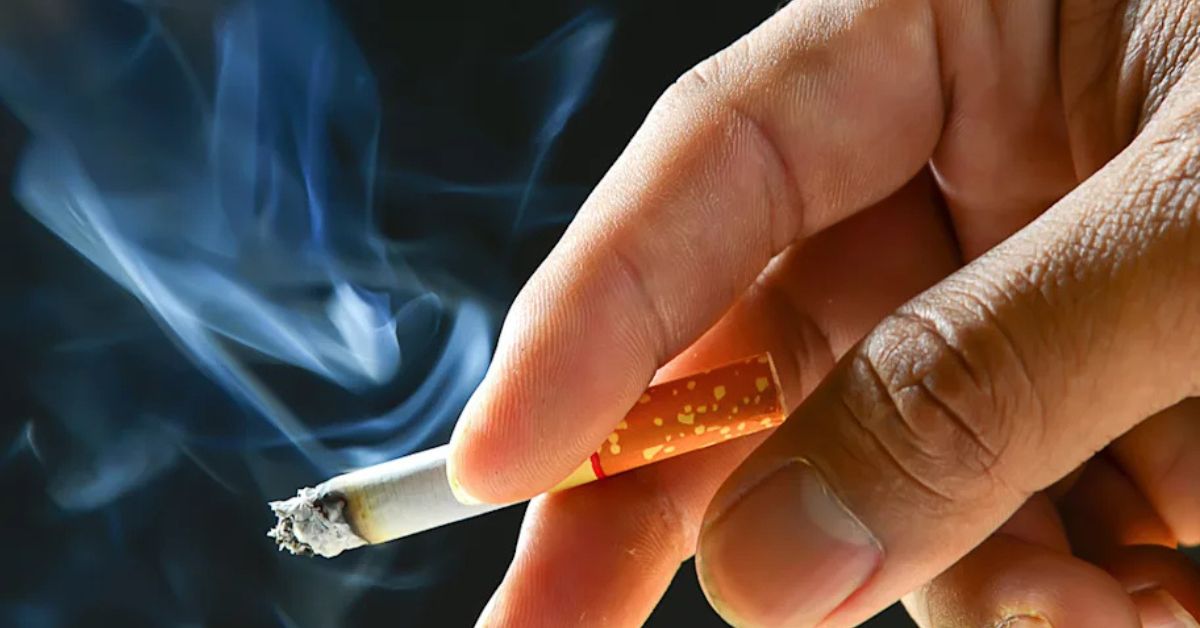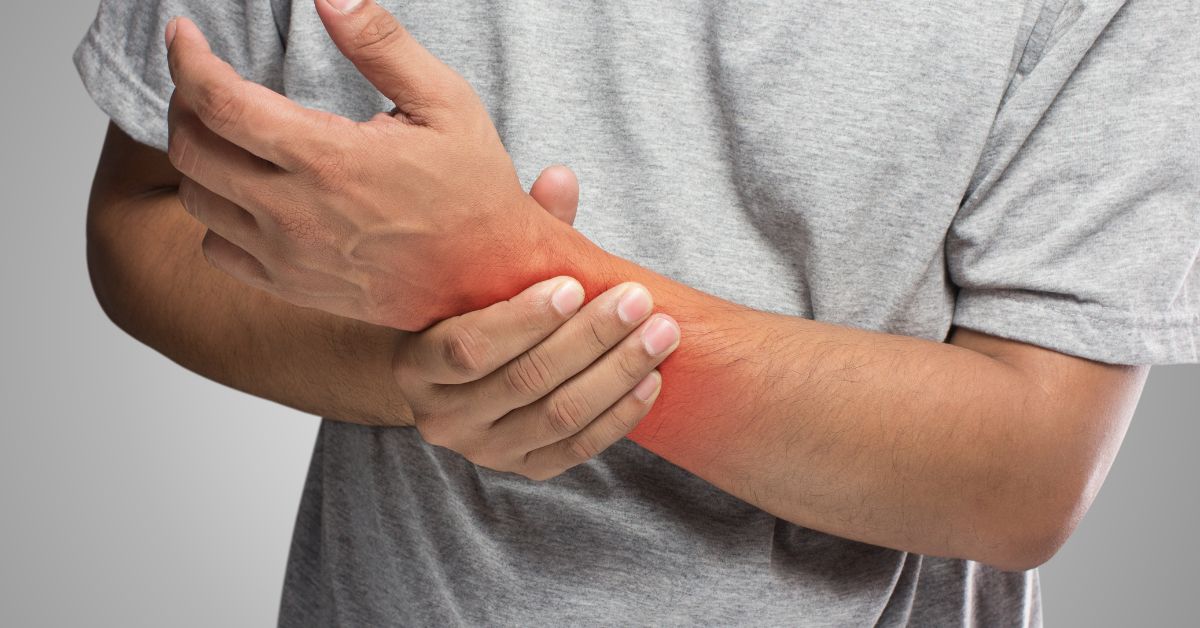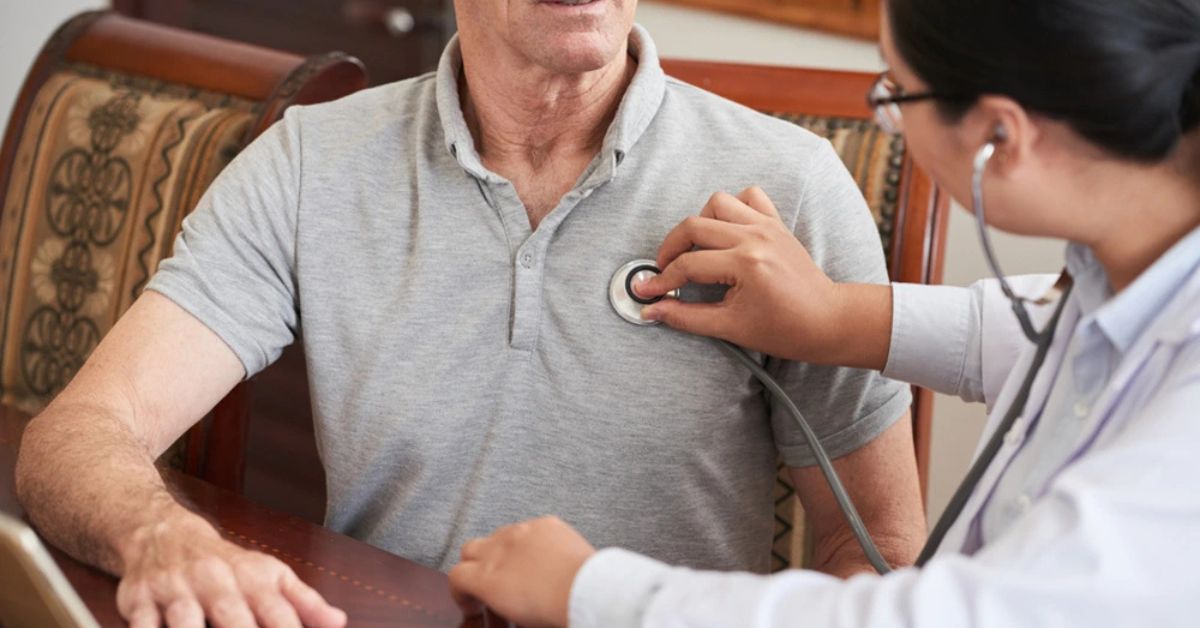A Doctor Explains Why Heart Attacks Are Rising Among Indians Under 40 And How to Stay Safe
(Representational featured image courtesy istock)
It’s becoming increasingly common to hear of someone in their 30s or early 40s who had a heart scare — often out of the blue and with no obvious warning signs.
Across India, doctors are reporting a sharp rise in heart attacks among young adults, challenging long-held beliefs that heart disease is a concern only for older people. As lifestyles evolve and risk factors shift, this growing trend is prompting serious questions about the hidden impact of modern living on cardiovascular health.
According to reports from hospitals across India, between 2020 and 2023, 50% of heart attack patients were below the age of 40.
Dr Sudhakar Rao M, Consultant Cardiologist at Manipal Hospital, Bengaluru, confirms this worrying pattern. “Earlier, heart attacks were traditionally seen in people beyond 50 or 60. But in the last two decades, we have seen it become very common among young adults, particularly those under 45.”
Why are young people at risk?
The causes of heart disease are multifactorial — with genetic predisposition, lifestyle choices, and environmental factors — all playing a role. While some risk factors, such as family history, are unavoidable, many others can be managed or prevented.
Among the most significant contributors is smoking, including both active and passive smoking. “We used to think that only active smoking was harmful, but even passive smoking is a serious risk factor for heart disease,” says Dr Rao.
 Smoking, both active and passive, increases the possibility of a cardiac disease at scale. Image credits: Frontiers.
Smoking, both active and passive, increases the possibility of a cardiac disease at scale. Image credits: Frontiers.
Smoking causes vasoconstriction, which means the blood vessels become narrow and tight. This makes it harder for blood to flow freely and increases the chance of cholesterol and fat sticking to the walls of the arteries. Over time, this build-up — called plaque — can block the flow of blood to the heart, leading to a heart attack.
“People who smoke have almost three to four times higher chances of having a heart attack compared to non-smokers,” he explains.
The role of diabetes and obesity
India is often referred to as the diabetes capital of the world, and its prevalence among younger people is rising. Dr Rao warns, “We now see diabetes cases appearing at just 30 years of age,” Dr Rao shares.
People with diabetes have a significantly higher risk of developing heart disease, and vice versa, due to shared risk factors, such as high blood pressure, abnormal cholesterol levels, and damage to blood vessels caused by high blood sugar.
Obesity, particularly metabolic syndrome, is another major contributor. Metabolic syndrome refers to a cluster of conditions that occur together, increasing the risk of heart disease, stroke, and diabetes. This condition is an umbrella term for high cholesterol, high blood pressure, high blood sugar, and high body mass index (BMI). Dr Rao explains,
“Many young people today have metabolic syndrome, which makes them more prone to heart attacks. Maintaining a BMI below 24.5 and reducing body weight by 5% within three to six months can significantly reduce this risk,” he advises.
While lifestyle factors are crucial, genetics also plays a role in many cases of heart disease. High LDL (low-density lipoprotein) cholesterol, often above 190, is sometimes linked to familial hypercholesterolemia, a genetic condition that increases the risk of heart disease.
“If a person has a family history of heart disease before 50 years of age and has high cholesterol levels, it may be genetic. In such cases, aggressive management is required through medications or newer injectable treatments,” says Dr Rao.
Do not ignore these symptoms
One of the challenges in diagnosing heart attacks in young people is the variation in symptoms. Traditional signs like chest pain are not always present. Dr Rao highlights some of the most common indicators:
“People often mistake prolonged chest pain for gastric issues. If pain lasts more than 10 minutes and is associated with sweating, jaw pain, or left-hand pain, it should be taken seriously,” he explains.
 It is important to pay attention to other symptoms like hand pain, jaw pain etc. Picture source: Canva.
It is important to pay attention to other symptoms like hand pain, jaw pain etc. Picture source: Canva.
Women, in particular, may experience different symptoms. “50% of females do not experience chest pain. Instead, they may have hand pain, jaw pain, excessive sweating, giddiness, fatigue, or breathlessness,” he explains.
So, how do we prevent this?
Preventing heart disease begins with routine health monitoring. Dr Rao emphasises, “After the age of 18, one should check blood pressure at least once a year. The target should be a systolic pressure below 130 and a diastolic pressure below 80.”
Similarly, keeping cholesterol levels in check is crucial. “A total cholesterol level should be below 200, and LDL should always be less than 100,” he advises.
Maintaining healthy sugar levels also plays a significant role: An LDL below 100, a three-month average sugar level below 5.7, and a fasting blood sugar level below 100 is essential,” Dr Rao shares.
 It is essential to have a heart check-up every year post 18 years. Picture source: Health-e
It is essential to have a heart check-up every year post 18 years. Picture source: Health-e
On a day-to-day level, these lifestyle changes can help prevent the risk of cardiac diseases effectively:
- Exercise: Walking 10,000 steps per day significantly reduces cardiovascular risks.
- Diet: Avoid red meat, which is high in saturated fats, and instead consume polyunsaturated fatty acids found in sunflower and olive oil.
- Stress management: Yoga and meditation can help control stress, which is a silent contributor to heart disease.
‘Not all heart attacks result in cardiac arrest’
Many people confuse heart attacks with other cardiac conditions like sudden cardiac arrest or cardiomyopathy. Dr Rao explains, “Not all cases of sudden collapse in the gym are due to heart attacks. There are other conditions like hypertrophic cardiomyopathy or ventricular arrhythmias that can cause sudden cardiac death.”
For those engaging in high-intensity workouts, he advises a thorough heart check-up. “People above 40, or those with a family history of heart disease, diabetes, or hypertension, should undergo tests like ECG or treadmill tests before engaging in strenuous exercise.” These tests help detect abnormalities in heart rhythm, blood flow, or stress-related changes that may signal underlying heart conditions.
The rise in heart disease among young Indians is a pressing concern. While some factors like genetics cannot be controlled, lifestyle modifications, early detection, and routine monitoring can significantly reduce risks. As Dr Rao stresses, “The most important step is primary prevention — preventing the disease before it occurs by maintaining optimal health markers and avoiding known risk factors like smoking and physical inactivity.”
With increasing awareness, proactive healthcare, and lifestyle changes, the alarming rise in heart attacks among young Indians can be curtailed, ensuring a healthier future for the nation.
Edited by Khushi Arora
Sources
News